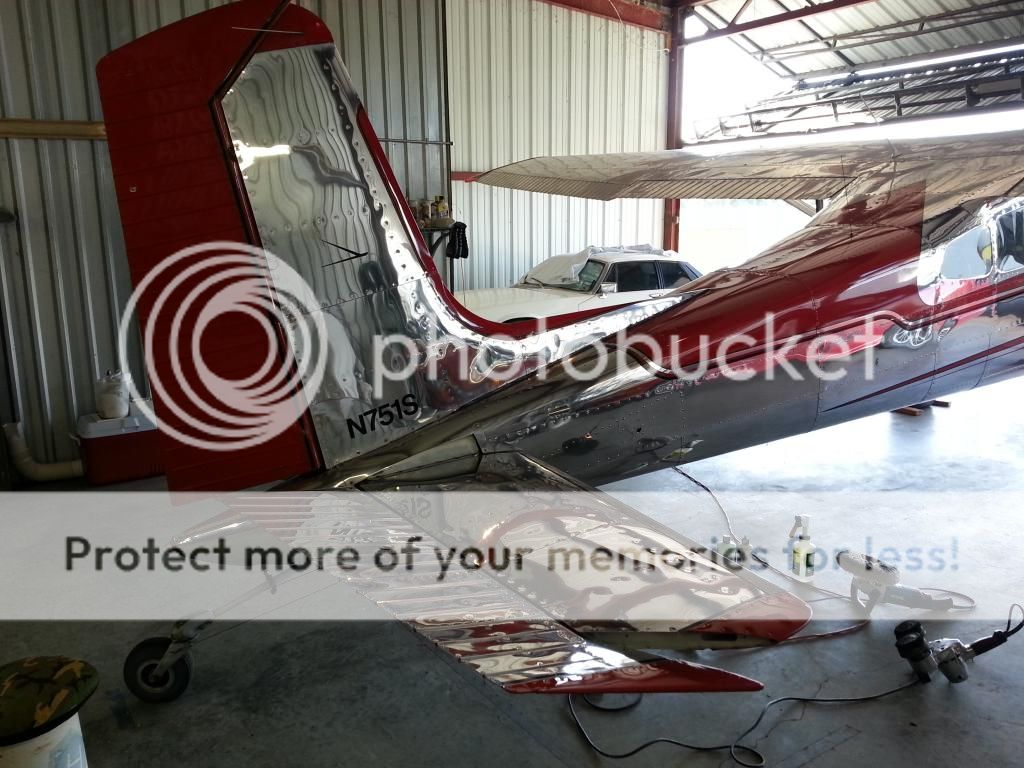Many CFI's teach power to idle over the numbers, but my TW instructor taught me to keep just a touch of power in there to keep the tail washed with air.
Why was that necessary? Were you flying an airplane that ran out of elevator authority trying to 3-point it power off? Huskys can be like that.




